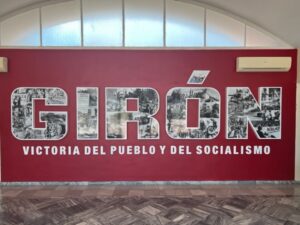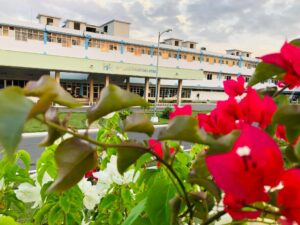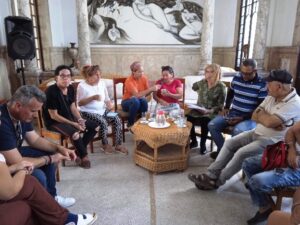Hiroshima and Nagasaki: the weight of terrorism.
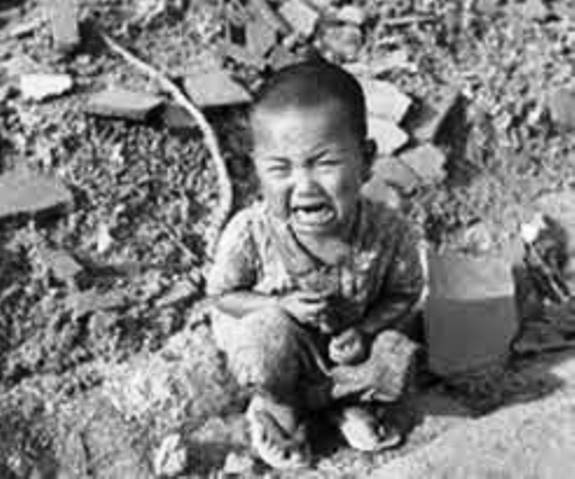
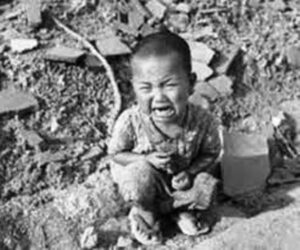
History was stained with blood in those hard days. The veil of peace was torn and souls were more tormented when terrorism, ferocious, opened its jaws and humanity, innocent, succumbed to its impact.
After a remarkable economic and military apogee and several conflicts with the United States, Japan set its sights on the positions of the northern country, in case an offensive was launched. Therefore, on December 7th and 8th, 1941, they bombed the installations of Pearl Harbor, Hawaii and the Philippines.
This affront motivated the then US President Roosevelt to give the green light to the so-called Manhattan Project, whose team driven by select engineers (among them the physicist Robert Oppenheimer) aspired to materialize the first atomic bomb before their enemies, the Germans, and which finally, under the name of Trinity, focused on undermining Japan’s interests in the Pacific and the Asian continent.
On July the 26th, 1945, the new American President Harry Truman called for the international surrender of the Japanese government or the consequences would be devastating. But just as Japan’s refusal was immediate, U.S. retaliation was not long in coming.
Erased were the traces of the industrial and port Japanese military enclave that housed weapons depots and secret research plants, when on August 6th, 1945 the U.S. Enola Gay aircraft dropped the powerful Uranium 235 Little Boy bomb on the Japanese city of Hiroshima. And when the hellish desolation seemed to have reached its climax, on August 9th, only three days later, the nuclear bomb Fat Man, loaded with Plutonium-239 was dropped on the eastern city of Nagasaki by the B-29 Bockscar plane.
Fire engulfed both towns. Thousands of people and animals were burned to death or were severely burned and even injured by shards of glass and other materials thrown up by the explosions. The clay roof tiles of houses melted, the vast majority of wooden residences went up in flames, and telephone and electrical systems were virtually ruined.
The impact of these bombings prompted dissimilar debates about the unjust stigmatization of their victims, the so-called hibakushas, as well as the worrying progress of the arms race and the development of weapons of high destructive power.
78 years later, Hiroshima and Nagasaki shine as cities of peace and international culture, while countless monuments, ceremonial sculptures and allegorical parks are erected to remember those terrible moments.
Undoubtedly, these were times of unending sadness. If the rumblings were loud, even louder were the commotion and grief that followed. Terrorism reached out its tentacles, thousands of innocent people suffered its onslaught, and the sixth and ninth days of August 1945 were filed away as still open wounds in the human race’s longing for peace.
Written by Yadiel Barbón Salgado.


